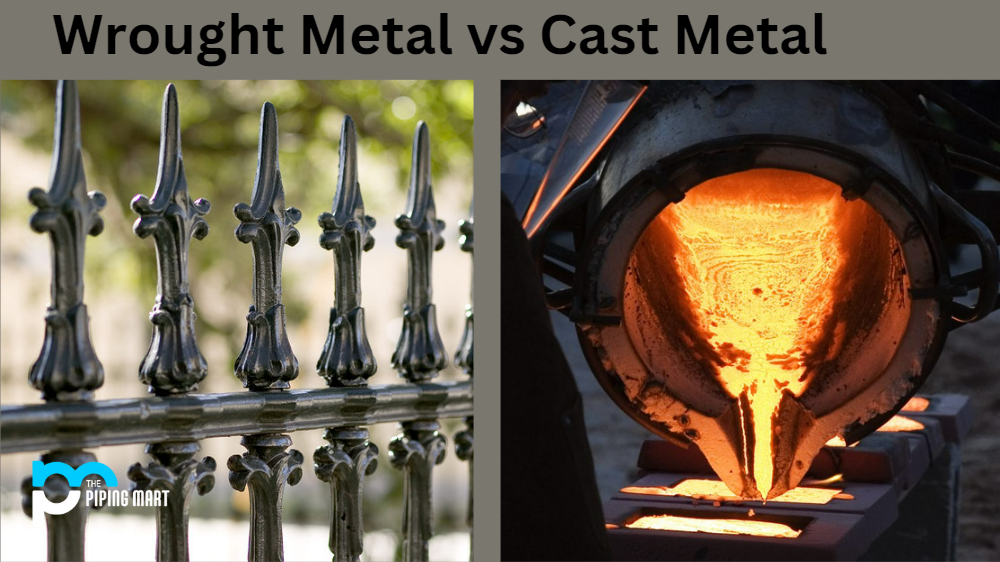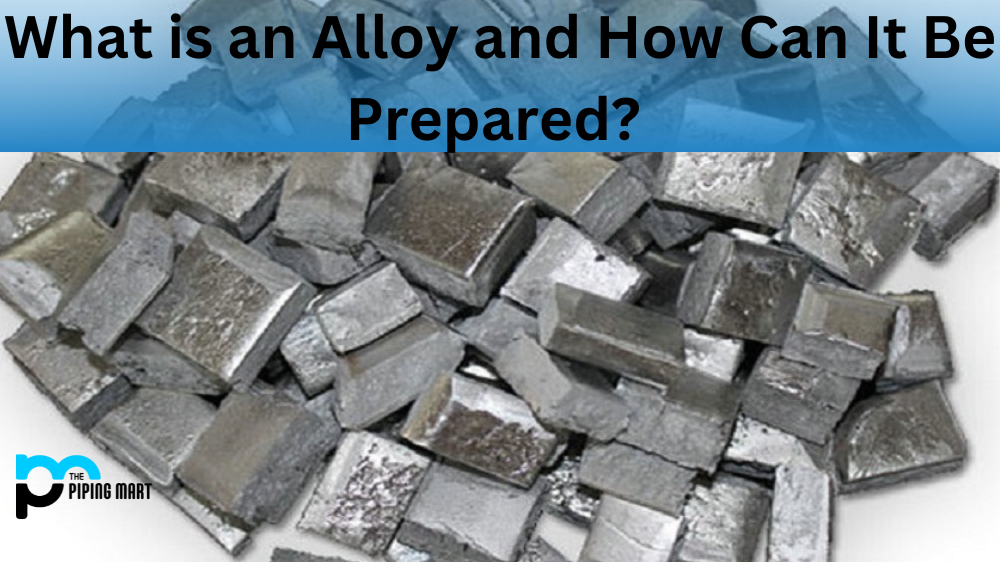Have you ever wondered what the difference between wrought and cast metal is? While both types of metal have extensive uses in different industries, they have distinct differences. We’ll answer any questions you have on the differences between these two metals here.
Wrought Metal
Wrought metal, also known as wrought iron, is a type of steel that has been heated and worked with tools to form it into whatever shape or size desired. Its malleability and durability usually characterize it due to its low carbon content. This makes it ideal for use in construction projects, furniture, railings, fences and even sculptures. Wrought metal can be left untreated or treated with various coatings to resist rusting from moisture exposure or other environmental factors. Wrought metal is a type of metal that has been worked by hand or by machine to create a desired shape. This type of metal is often used in the construction of buildings and other structures, as it is very strong and durable. Additionally, wrought metal can be used to create ornamental objects such as jewelry.
Cast Metal
Cast metal is made by pouring molten metal into a mould and allowing it to cool until hardened into the desired shape. The molten metal used for casting can be either an alloy or pure metal such as aluminium, copper, iron or bronze. A mold must be created before the pour, which requires planning ahead so that the proper dimensions are taken into account when creating the finished piece. Once cooled and removed from the mold, cast metal pieces do not require additional work before they can be used in their intended application. Cast metal is a type of metal that has been melted and poured into a mould to create a desired shape. This type of metal is often used in the creation of statues and other decorative objects. Also, cast metal can create functional objects such as cookware.
Difference Between Wrought and Cast Metal
The main difference between wrought and cast metals lies in how they are shaped; In contrast, wrought metals are shaped through hammering and bending it into shape, cast metals take on their intended shapes through pouring molten material into pre-made molds. Both types of metals have their own unique properties that make them ideal for certain applications but each has its own advantages depending on your needs.
Advantages of Wrought Metal
Some of the advantages of wrought metal include its strength, durability, and versatility. Wrought metal can be used to create a variety of different objects, both functional and decorative. Additionally, wrought metal is less likely to break or crack than cast metal.
Advantages of Cast Metal
Some of the advantages of cast metal include its ability to create intricate designs and its affordability. Cast metal is also less likely to warp or distort than wrought metal. Additionally, cast metal can be recycled more easily than wrought metal.
Disadvantages of Wrought Metal
Some disadvantages of wrought metal include its high cost and susceptibility to corrosion. Additionally, wrought metal can be difficult to work with, as it is very hard and brittle.
Disadvantages of Cast Metal
Some disadvantages of cast metal include its susceptibility to defects and relatively low strength. Additionally, cast metal can be difficult to work with, as it is very hard and brittle.
Conclusion:
Both wrought and cast metals have their place in various industries due to their unique characteristics; however, understanding the differences between them can help you decide which type of metal would work best for your application needs. Wrought iron is generally more malleable than other metals and provides increased strength when needed, while cast iron provides greater detail when required for a specific project. Whatever your needs are for either type of metal, knowing their properties will help you make informed decisions about which one works best for your project!
Meet Heer, a dynamic and driven writer learning tricks of her trade in the metal industry. With a background in Digital Marketing, Heer brings a unique perspective to her writing, sharing valuable insights. Apart from blogging she like reading and hiking.




